
Rome, Italy is home to more than 900 churches. While it is unsurprising that the vast majority of Christian churches in Rome are Catholic, they vary widely in shape, size, emphasis, and decoration. St. Peter’s Basilica is the most famous church in the Eternal City (actually, it’s in Vatican City, a separate country) and tourists flock there by the thousands each day. They often wait in long lines to witness the grandeur of Michelangelo’s dome and Pieta, Bernini’s baldacchino and Cathedra Petri, and experience the overwhelming size of the world’s largest Christian church.
While St. Peter’s Basilica is certainly a sight not to be missed, there are other noteworthy churches that are off the beaten path. These are quiet places with riches that only the traveler who desires something different will experience. One such church, the Basilica of Santo Stefano Rotondo (St. Stephen in the Round), is not for the faint of heart or stomach. Located on the Celian Hill just behind the Colosseum and within a short walk of St. John Lateran, the mother church of Catholicism, Santo Stefano is easy to miss. As you walk by on a narrow cobblestone street and peer through the entry gate, you gain no sense of the intriguing decorations that line the church’s internal walls. Walking up the short gravel driveway, past palm trees, and toward the curved façade, there is a sense of tranquility. After all, no hordes of tourists are here, but merely a trickle of curiosity-seekers. You might catch a glimpse of a resident nun or two as they scurry into their residence near the church.
The building dates from the 5th century A.D. and is named for Stephen, the man considered to be the first Christian martyr. (Read about him in the book of Acts, chapters 6 and 7.) There is no evidence that the church contains Stephen’s relics, but it honors him in a different way: by reminding the faithful that he was the first of many martyrs in the Catholic tradition.
As you walk into the naturally-lit space, your eye is drawn to the late 16th century frescoes that surround you on Santo Stefano’s curved walls. These were the result of the Jesuits’ efforts to remind young missionaries of the evils that could befall them as they took the Catholic message to residents of northern and central Europe. As the Jesuits attempted to turn the tide against the Protestant Reformation which began during the early 16th century, they faced significant opposition and, sometimes, torture and death.
Each of the more than 30 works on Santo Stefano’s walls depicts a single martyrdom or a series of martyrdoms, many in gruesome detail. The cycle begins with Christ’s crucifixion and is followed by the crucifixion of Peter and the beheading of Paul. These, along with Stephen’s martyrdom, are the most well-known scenes. But there is also John the Evangelist looking serene in a cauldron of boiling oil; evildoers pulling a rake across St. Margaret’s body; Pope Callistus being thrown off a balcony; St. Appolonia having her teeth pulled out; and St. Lawrence lying on a hot gridiron. St. Catherine is shown with the wheel that refused to be her element of torture and there are many others who, according to Catholic tradition, suffered horrible and unusual fates at the hands of unbelievers.
Of these works Charles Dickens wrote, “...such a panorama of horror and butchery no man could imagine in his sleep, though he were to eat a whole pig raw, for supper. Grey-bearded men being boiled, fried, grilled, crimped, singed, eaten by wild beasts, worried by dogs, buried alive, torn asunder by horses, chopped up small with hatchets: women having their breasts torn with iron pinchers, their tongues cut out, their ears screwed off, their jaws broken, their bodies stretched upon the rack, or skinned upon the stake, or crackled up and melted in the fire: these are among the mildest subjects.”
While a visit to Santo Stefano Rotondo is not for every tourist and the historical accuracy of some of the events depicted is questionable, the frescoes offer both Catholics and Protestants reminders of the cost of discipleship.
—Dr. Jeffrey Cole, Professor of History and Director, Crossroads: Geneva's Center for Enriched Learning
Opinions expressed in the Geneva Blog are those of its contributors and do not necessarily represent the opinions or official position of the College. The Geneva Blog is a place for faculty and contributing writers to express points of view, academic insights, and contribute to national conversations to spark thought, conversation, and the pursuit of truth, in line with our philosophy as a Christian, liberal arts institution.
Sep 10, 2015Study AbroadRelated Blog Posts
Request Information
Learn more about Geneva College.
Have questions? Call us at 724-847-6505.
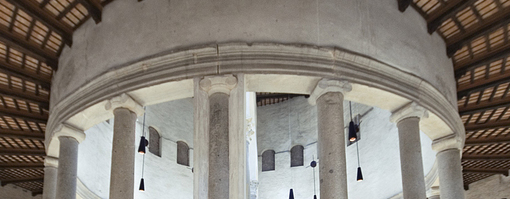
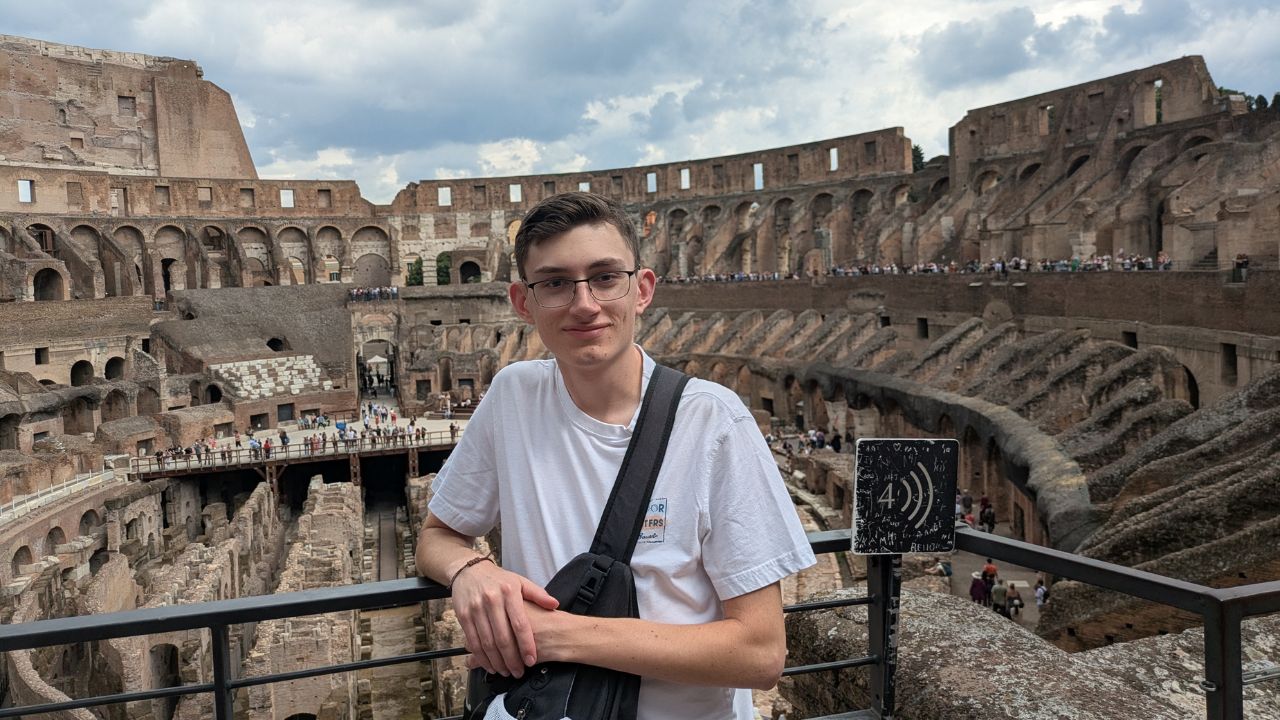

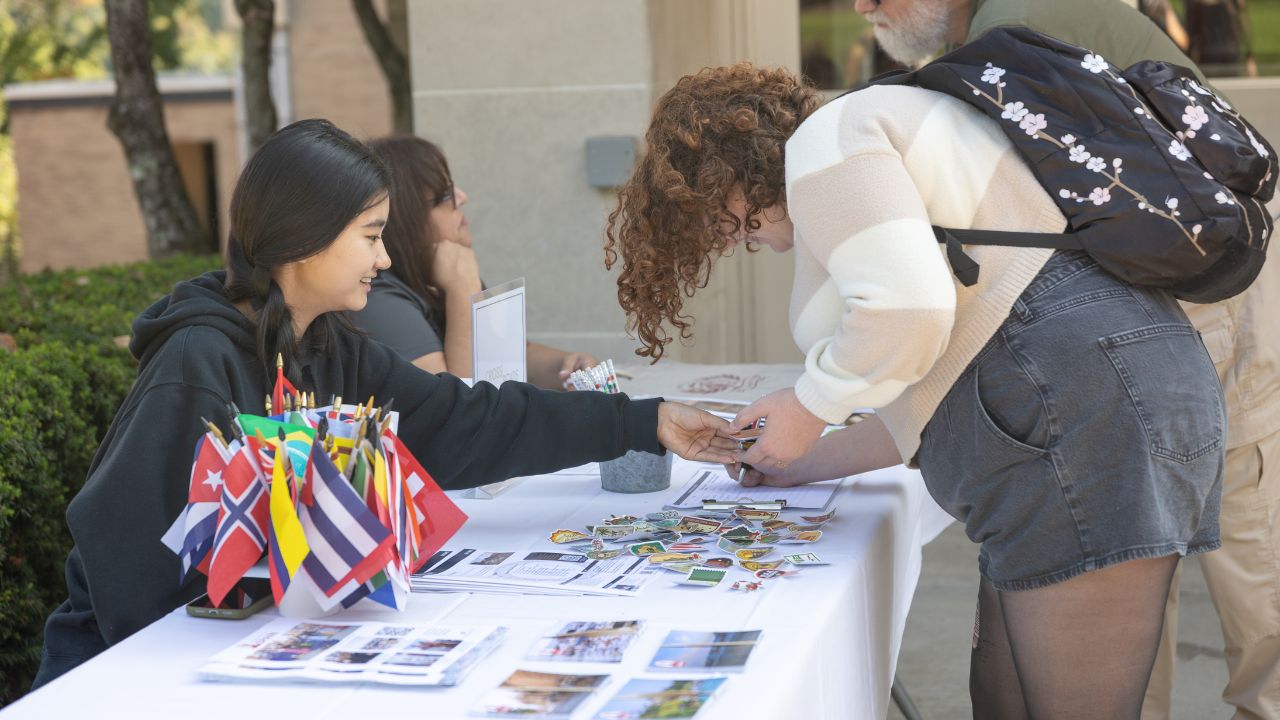

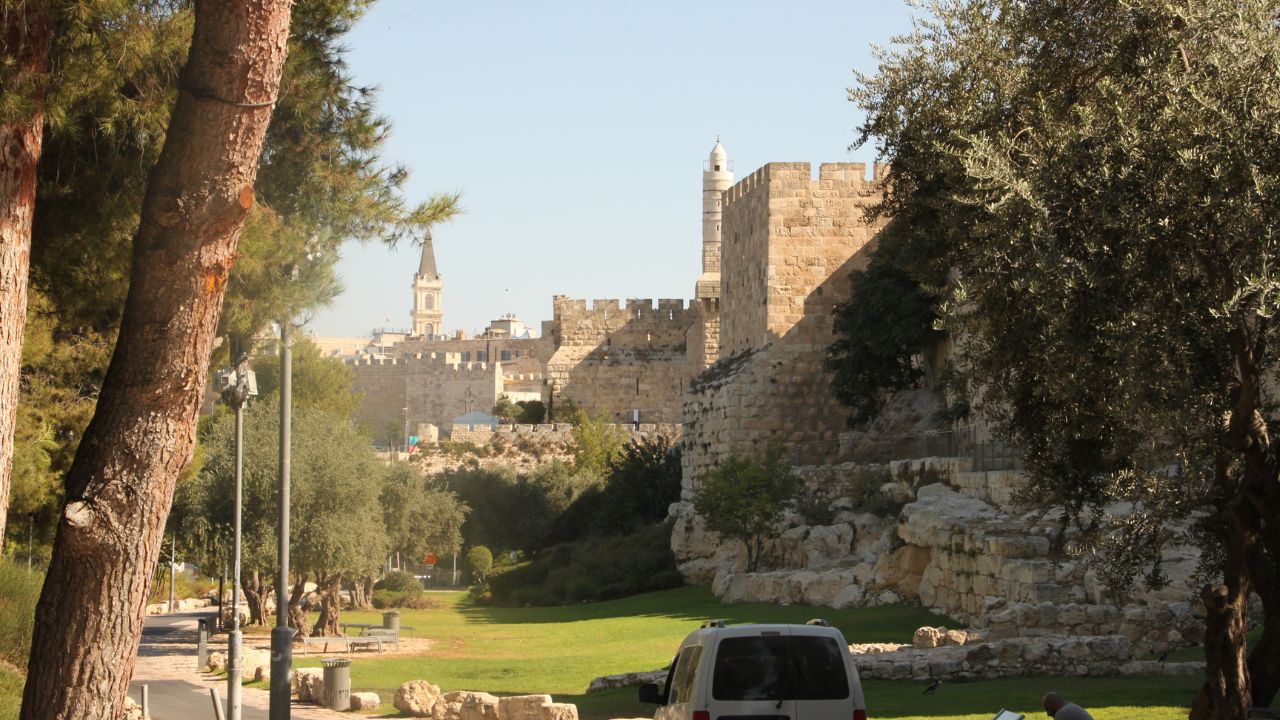
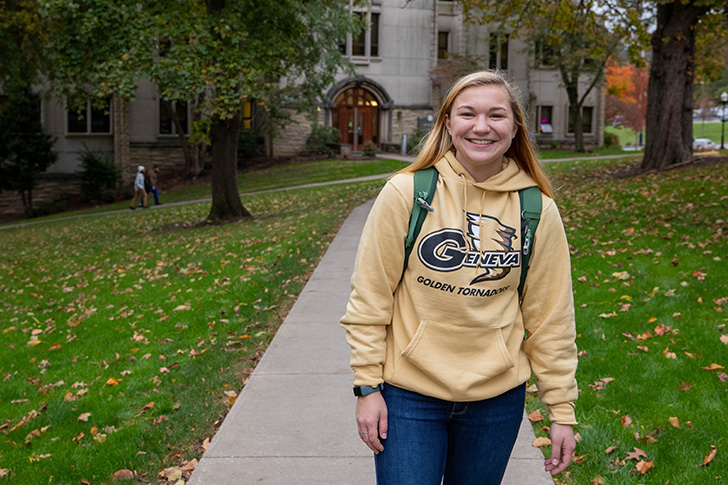
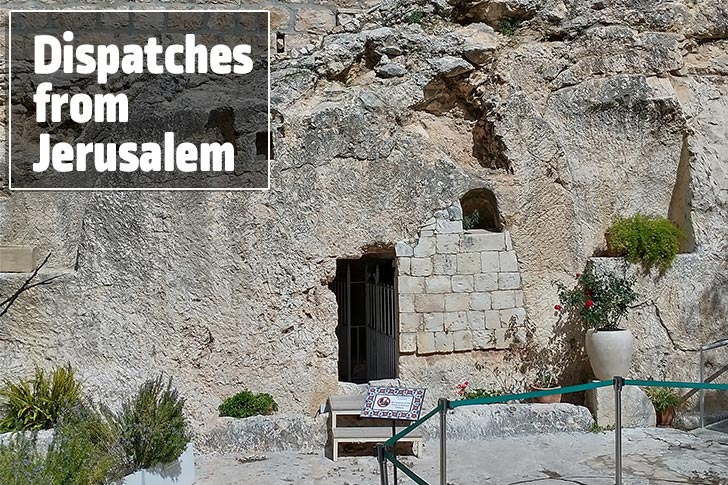
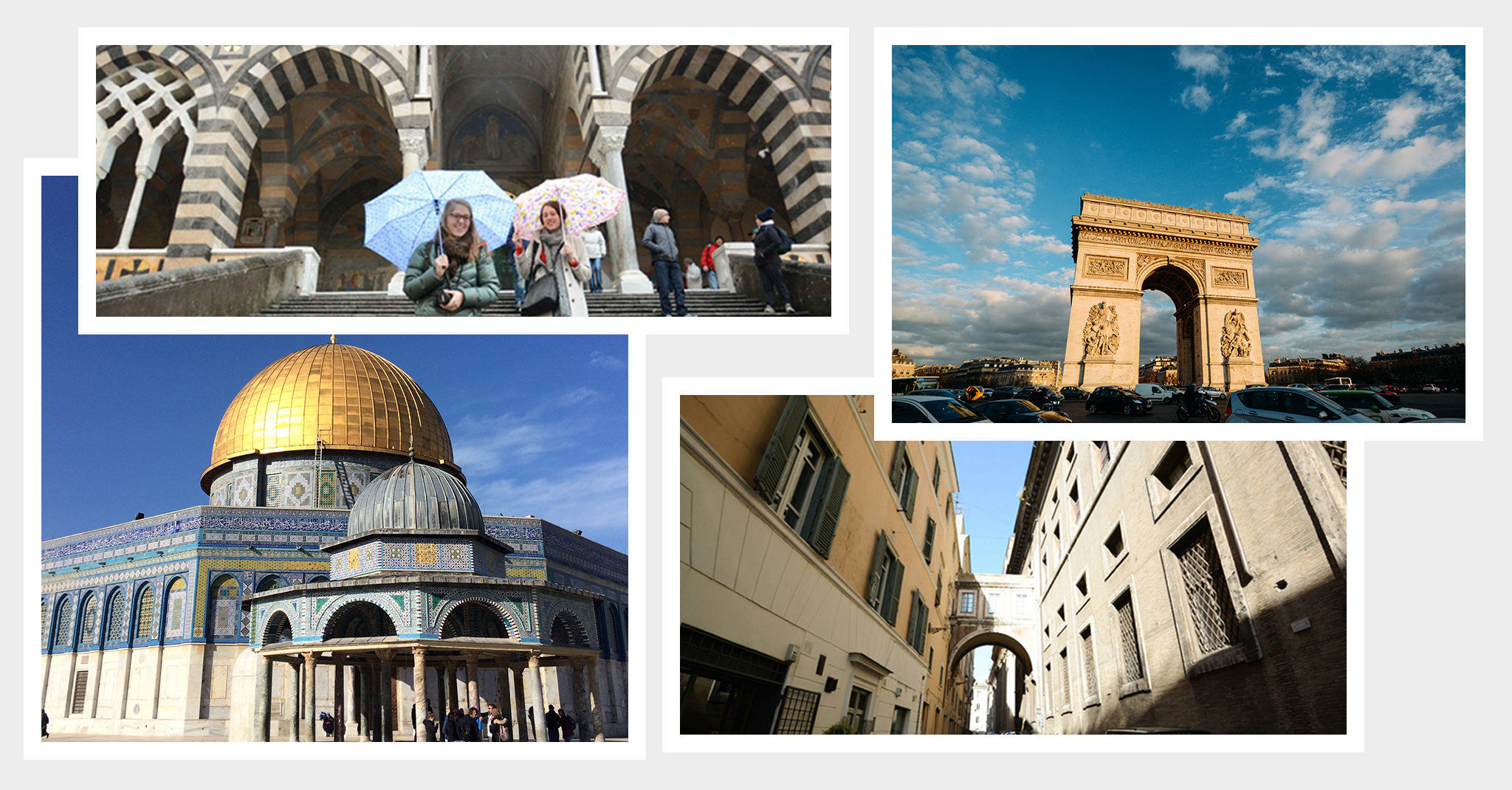
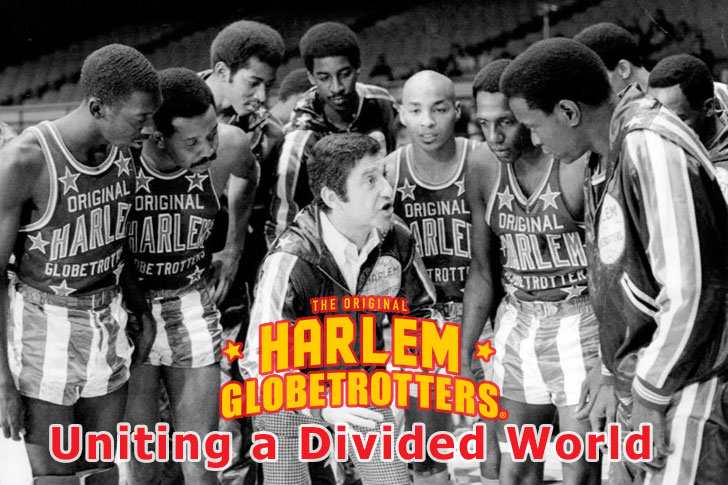
 Online Course Login
Online Course Login